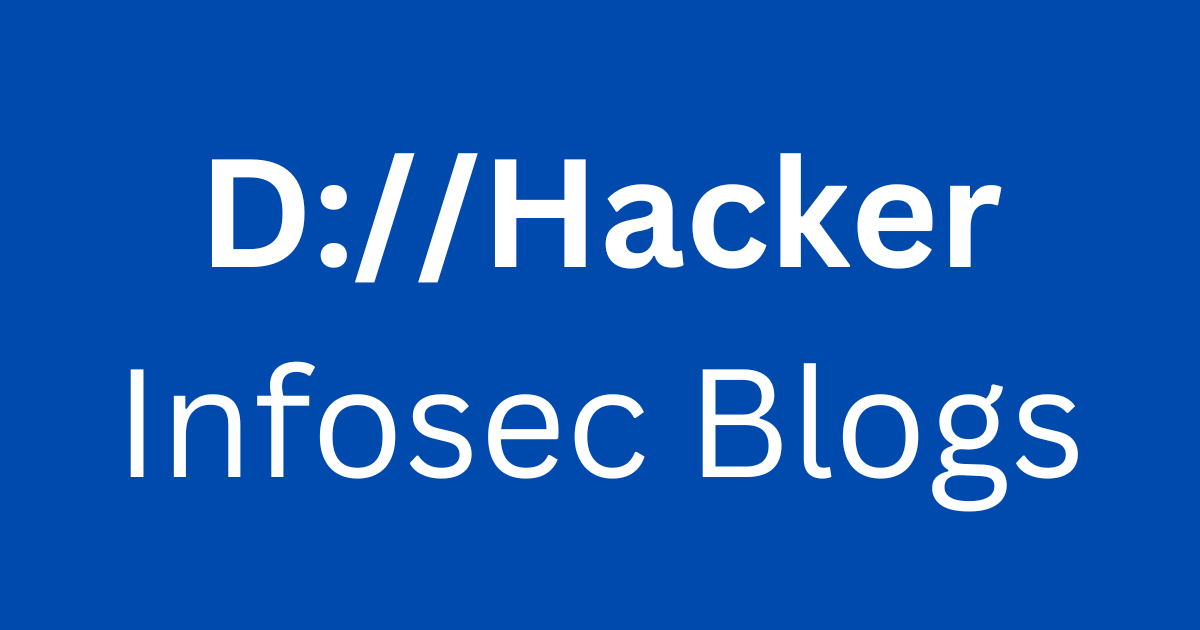Introduction
Ransomware continues to pose a significant threat to businesses, governments, and individuals worldwide. Cybercriminals are constantly evolving their tactics, developing more sophisticated ransomware strains to exploit vulnerabilities and extort victims for financial gain. In this blog, we will delve into some recent ransomware threats in the market and explore their mode of operation in technical terms.

Conti Ransomware
Conti ransomware emerged in late 2022 and remained prevalent in 2023. It is a highly advanced and versatile ransomware strain known for its speed in encryption and the use of double extortion techniques. Conti is often distributed through phishing emails, exploit kits, and compromised Remote Desktop Protocol (RDP) connections.
Mode of Operation:
Conti uses RSA and AES encryption algorithms to encrypt files on the victim’s system.
Once inside the network, the ransomware spreads laterally, seeking valuable data and critical systems to encrypt.
Conti employs an approach called “exfiltration” where it first steals sensitive data before encrypting it, threatening to leak it if the ransom is not paid.
The attackers use a Tor-based communication system to negotiate ransom and deliver decryption keys to the victim.
REvil (Sodinokibi) Ransomware
REvil, also known as Sodinokibi, has been active since 2019 but continued to be a significant threat in 2023. It is notorious for targeting high-profile organizations, including law firms and large enterprises. REvil is often distributed through malicious spam campaigns and exploit kits.
Mode of Operation:
REvil employs a combination of RSA and AES encryption algorithms to encrypt files on the victim’s system.
The ransomware uses a technique called “rentable Ransomware as a Service (RaaS),” where different cybercriminal groups can rent the REvil strain and distribute it as they see fit.
REvil uses “public shaming” as a tactic, threatening to leak sensitive data if the ransom is not paid.
Communication with the attackers is conducted over the Tor network to maintain anonymity.
DarkSide Ransomware
DarkSide gained notoriety in 2021 and remained active in 2023. It is known for targeting large corporations, particularly those in the energy and manufacturing sectors. DarkSide operates as a Ransomware as a Service (RaaS) model, providing tools and infrastructure to affiliates who carry out the attacks.
Mode of Operation:
DarkSide employs RSA and Salsa20 encryption algorithms to encrypt files on the victim’s system.
The ransomware has a built-in feature that allows it to avoid encrypting files from specific regions, primarily Russia and other former Soviet Union countries. This is likely to avoid attracting the attention of Russian authorities.
DarkSide conducts a comprehensive reconnaissance of the victim’s network before deploying the ransomware to maximize the impact of the attack.
The ransomware exfiltrates sensitive data and threatens to publish it if the victim refuses to pay the ransom.
Conclusion
Recent ransomware threats, such as Conti, REvil, and DarkSide, demonstrate the escalating sophistication and agility of cybercriminals. Their mode of operation includes intricate encryption techniques, lateral movement within networks, and the use of double extortion tactics to increase the pressure on victims.
Understanding the technical aspects of these ransomware strains is crucial for organizations and individuals to enhance their cybersecurity defenses. Proactive measures, such as implementing robust security protocols, conducting regular employee training, and keeping software and systems up-to-date, can help mitigate the risk of falling victim to ransomware attacks. Furthermore, collaborating with cybersecurity experts and investing in cutting-edge technologies will play a pivotal role in safeguarding against these evolving threats.

